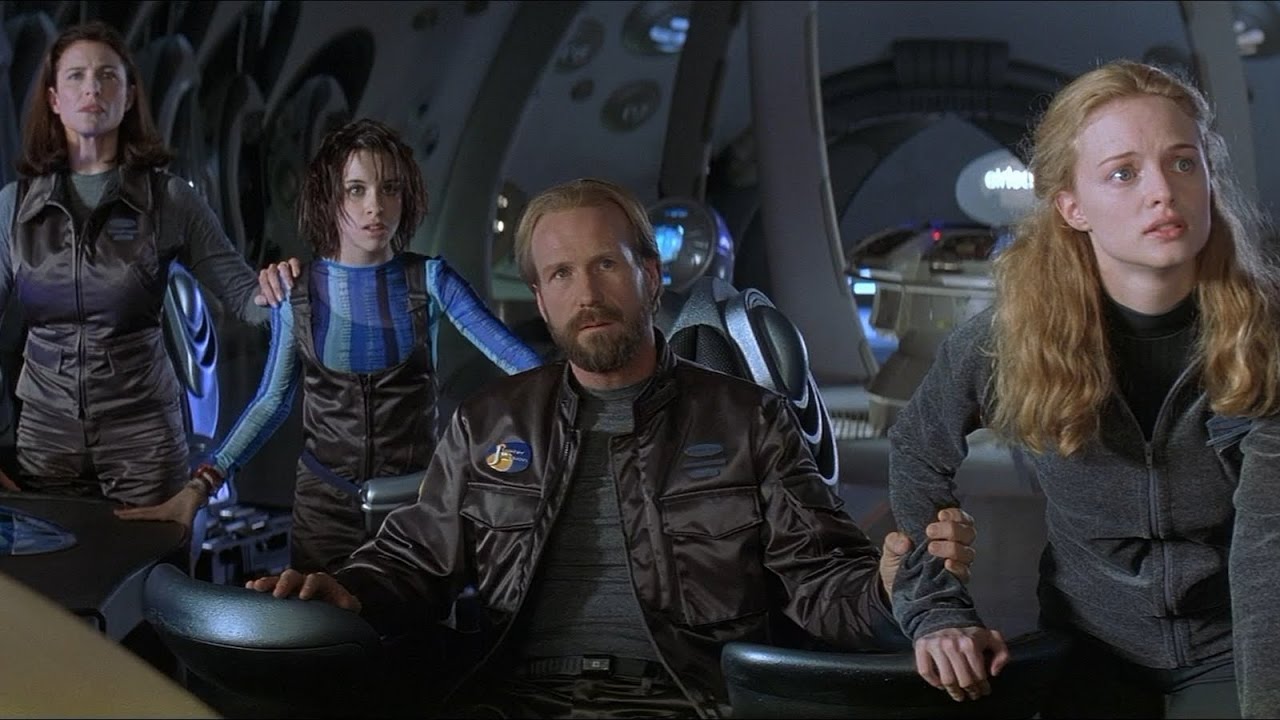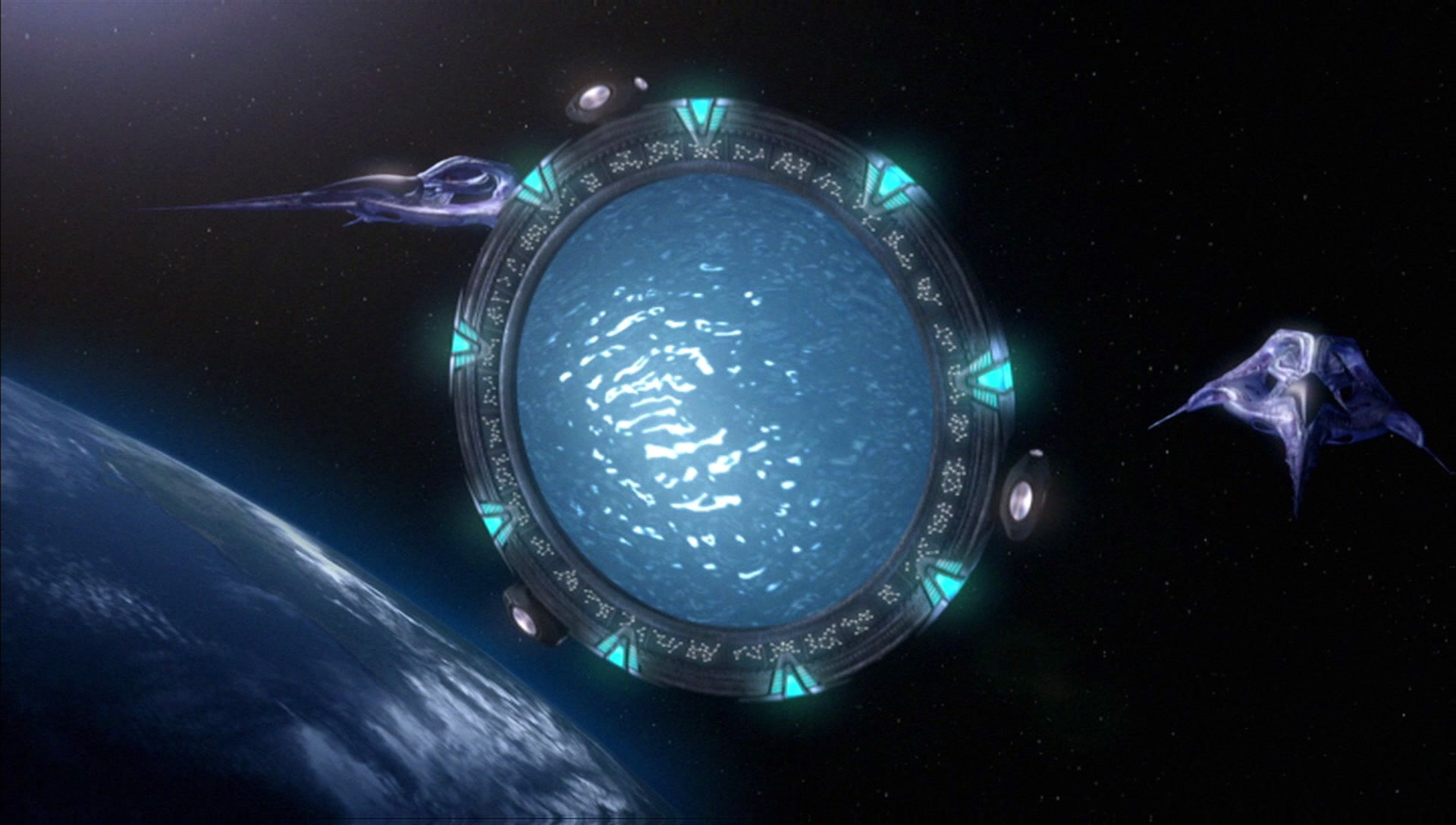Looking up at the night sky, can be overwhelming. For those of us here at Star Name Registry, where naming a star one star at a time is our bread and butter, we’re fully aware of how easily it could be to get Lost in Space.
We‚Äôve written before about topics of isolation¬Ýand the implications of deep space travel¬Ý‚Äì there is something quite thrilling and terrifying about the idea of being lost in space. Even though one could log and register a star, and register a star, register a star, every day of every hour there would still be too much catalogue. The chances of being lost in space if one were to venture there would be quite likely.
So while it might be a simple title for a science fiction tale, Lost in Space remains a rather profound one at that. Maybe that’s why we as viewers keep coming back to it.
Speaking of being lost in space, you might have seen posters, trailers and reviews for Netflix’s latest project, Lost in Space. It’s the second time the franchise has been remade, with the first remake being made in 1998.
The original version was a TV series which came out in the 60’s was loosely modelled on the novel The Swiss Family Robinson, about a family shipwrecked and using wit and ingenuity to survive. The 1998 film took the premise and updated it for the 90’s.
So, to, prepare for the new Netflix series, we thought we’d do a review of the 98 film and take a look at some of the science of the film and see if it holds up. Who knows, maybe reading about all the stars in the great beyond may persuade you to name a star, adopt a star or register a star for that special someone today!
Overview of the Plot (Spoilers)
Set in the future, plans are afoot for the colonisation of space. Prof. John Robinson and his family have been chosen to go to the nearest planet habitable, but it’s many years away – so they’ll have to go into cryogenic suspension before they arrive there. They are also joined by a robot called Robot which serves as a guard designed to keep the family safe, and Major West who will pilot the ship and ensure a safe landing.
However, for reasons of general evil and greed, Dr. Zachary Smith wants to sabotage the mission – and he does so by reprogramming the Robot but is trapped onboard when the ship lifts off. As the ship flies off into deep space, the Robot begins to destroy the ship. Smith awakens the Robinsons, to ensure after the ship isn’t destroyed.
However, in the ruckus the ship ends up hurtling toward the sun and the only way to escape is to activate the Hyperdrive. However, without a hypergate to guide them, they could end up anywhere in the galaxy. They take the risk, but while the Robinsons are saved, they end up in a unknown part of the galaxy – and are now LOST IN SPAAAACE!
This is overall plot of both the 60’s TV show and the 90’s Film – though there are a few details that are changed in the remake.
To start with – in the TV show the Jupiter Mission an operation conducted in the spirit of exploration solely by the United States. The film has the mission being conducted by a United planet Earth.
In the TV show, Smith is working for an unnamed foreign government, while in the film he work for an international terrorist group – though in both cases his motive is just money.
In the show, the Jupiter Mission is one that is done for exploration, however the film attaches a more desperate motive as planet Earth is dying and will be uninhabitable within 20 years.
The reason why the Robinsons are sent to the planet is so that the Father can oversee and complete the construction of a Hypergate over the planet Alpha Prime. Another Hypergate is also being built over earth, so when both are constructed, it will allow for the population of Earth to be instantly transported to and populate it as a new home.
After a solid start to the film we get a pretty action driven plot from then on – involving space spiders and abandoned human ship, time travel, crash landing on a planet, climaxing in flying through a planets core to escape the planet itself.
Analysis

One of the films odd claims to fame was it ending¬ÝTitanic‘s 15-week-long hold on the first-place position at the US box office. This earned it the nickname in the film industry as the iceberg. Aside from that interesting bit of trivia, there isn‚Äôt much about the film that makes it particularly notable. ¬ÝThough it went straight to number one at the box office, it didn‚Äôt stay there for very long as word of mouth spread that the film was a disappointing experience.
If you watched it as a child, you might get some nostalgia value out of the film upon a rewatch, but it doesn‚Äôt hold up by modern standards and even by 1990‚Äôs standards the film feels terribly clich√© and uninspired. The actors don‚Äôt bring a lot to their performances, with the normally reliable and solid William Hurt (playing John Robinson) coming across off in his monotone delivery. The rest of the family perform their roles functionally but are not at all engaging. Matt Le Blanc, playing Major West tries to give the character a loveable rogue Angela ‘Bam’ Steadman edge, but his awkward flirting and over use of machismo make West comes across a pretty nasty and sexist fellow.
The two stand out performances however are the ever reliable Gary Oldman – who manages to make Dr. Smith entertaining as an over the top villain.
And a late edition to the cast is Jared Harris,¬Ýwho appears in the final 3rd of the film as the Older Will Robinson (wibbly wobbly, timey wimey) and he manages to turn in a surprisingly good performance. And it‚Äôs his conflict and character that is the message at the heart of the film. ¬ÝHe helps John Robinson understand that he to tell his children that he loves them more often, and that quietly valuing them from afar is not quite enough.
While that’s the message that the film wants to get across, it takes an unnecessarily convoluted time travel plot to make it happen. And while it’s a nice theme for a family film, because the execution isn’t amazing it seems a little trivial in the wider context of the family’s situation.
The films climax is also something of an oddity – Doctor Smith gets bitten by a random space spider and is then transformed into a giant spider monster / person who plans to birth a master race of more space spiders in the past via the time machine built by future-Will. This is followed by a daring escape through the planet core as it tears itself apart.
Fundamentally the film is a rather silly affair, and unlikely to be particularly memorable for a first-time watcher. While it doesn’t hold up very well it’s good enough to merit a watch if you’re already partial to science fiction.
A solution to travelling¬Ýfaster than light?

Little thought seems to have gone on the Science behind the story, so we won’t go into too much detail though the solution to faster than light travel is an interesting one – and it’s one that involved wormholes.
The hyperdrive for a storytelling perspective functions much like other forms of faster than light travel in Science Fiction – mostly an excuse to get the plot into gear.
Though in this film, the hyperdrive doesn’t send the Jupiter 2 in a straight line to another part of the universe. when the Jupiter 2 goes into hyperspace their destination is completely random and they arrive instantaneously.
It’s likely then that the hyperdrive, is not a faster than light engine, but jumps the Spaceship into a random wormhole that’s nearby, functioning more like the Infinite Improbability Drive from Hitchhikers Guide to the Galaxy
The Hypergate that John Robinson has designed appears to create an artificial wormhole, which in conjunction with the hyperdrive allows for controlled travel between two points in space.
Could a system like this work in reality? Probably not sadly. Wormholes are only theoretical at our current understanding of Science, and the amount of energy required to send an object of any significant mass through a wormhole is so steep it might not be possible to generate.
For science fiction though, it certainly is food for thought.
Conclusion
Lost in Space is one of those oddities of 60’s American Culture. It’s something most Americans certainly know of and think of fondly more than anyone would have imagined for such a silly little show.
So, while it’s both it’s 60’s and 90’s iterations are outdated products of their time, the appeal of it is solid. A family looking to reconnect in the vast emptiness of space. Here’s hoping the Netflix version is just as good if not better!
If you’re looking to Name A Star, Dedicate A Star, or Adopt A Star for that special someone you can do so by following the link!
Did you like this review? Let us know on our Facebook page¬Ýor Twitter feed! Or if you can convey your feelings with a photo, send us a pic on Instagram!
